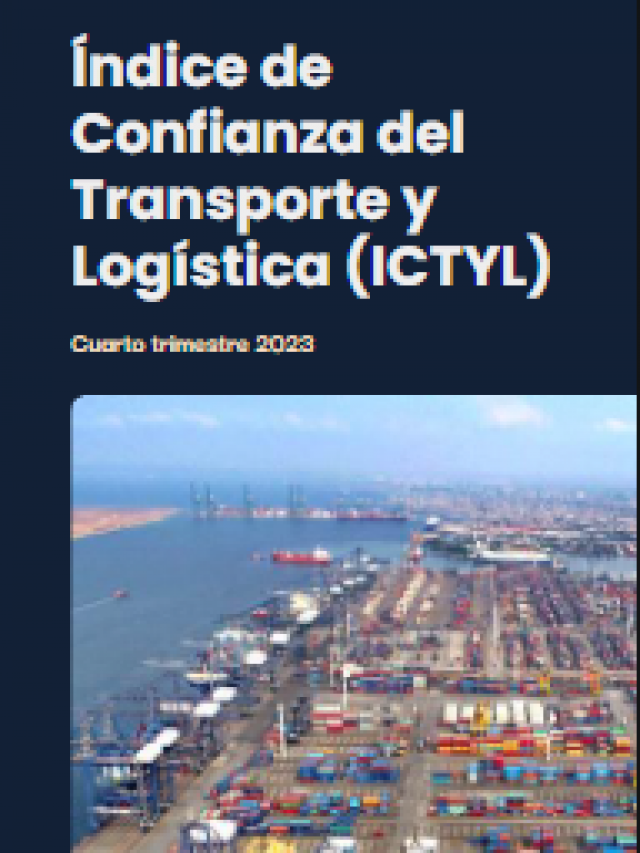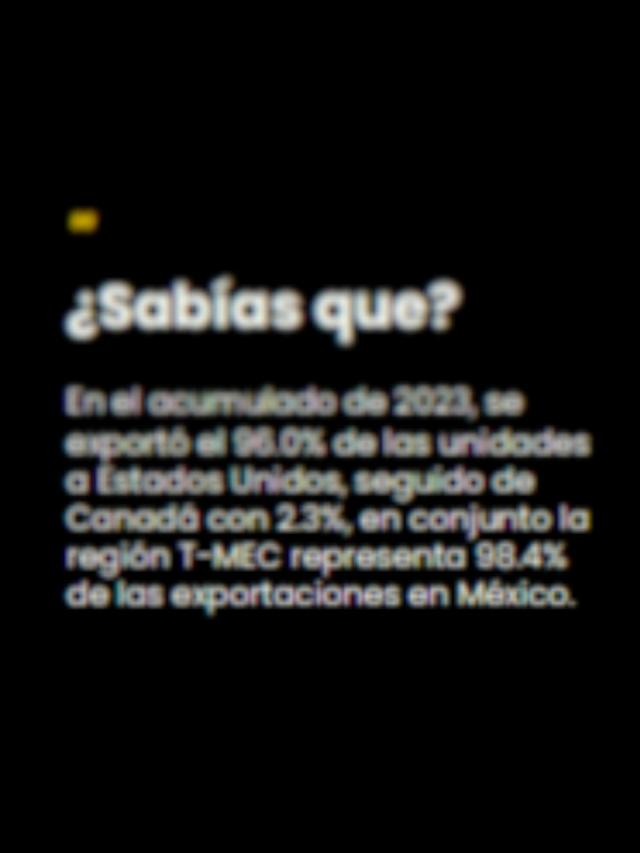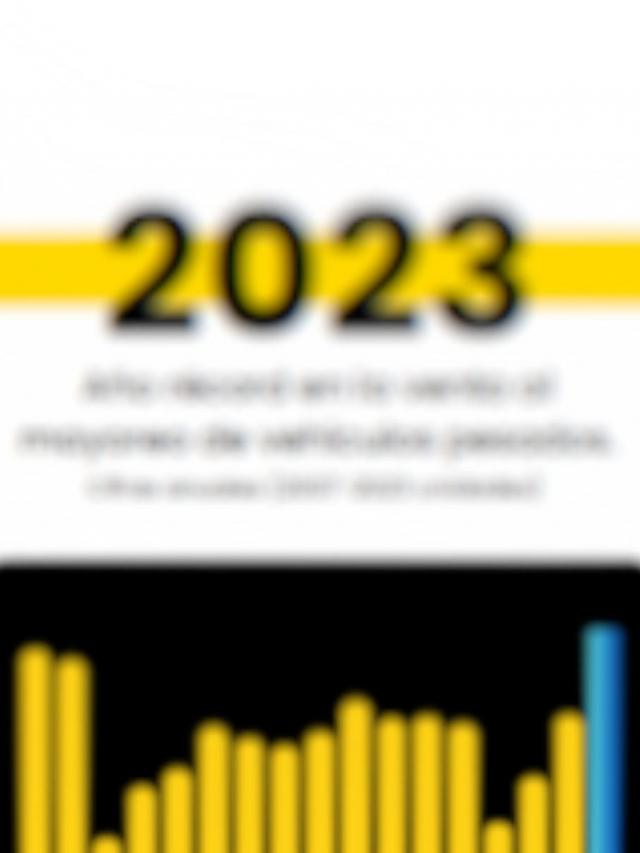 The Ministry of Finance and Public Credit (SHCP) reported that the construction of the Mexico-Querétaro train will cost 166 billion 974 million 457 thousand 545 pesos, including Value Added Tax (VAT).
The Ministry of Finance and Public Credit (SHCP) reported that the construction of the Mexico-Querétaro train will cost 166 billion 974 million 457 thousand 545 pesos, including Value Added Tax (VAT).
It’s worth mentioning that last February, the Railway Transport Regulatory Agency (ARTF) only released the amount excluding VAT, a total of 144 billion pesos.
However, total spending is 121.3% higher than the initial budget of 75 billion pesos (mmdp) , an amount released a few months ago by the federal government.

According to project data released by the SHCP, 663 million 790 thousand pesos will be used for pre-investment studies, including VAT, and included only for evaluation purposes. The total cost will include operating and maintenance expenses over 30 years of 1 million 512 thousand 084 pesos excluding VAT in the first year, which will continue to increase each period, among other additional works.
He explained that the project will extend 226.44 kilometers, with a travel time of approximately one hour and 50 minutes, and the trains will run at speeds between 177 and 200 km/h. It will consist primarily of two tracks and diesel-electric traction.
He said that once the demand and functionality of the stops are defined, operational and service projections will be made, taking into account peak hour service intervals (every 15 minutes), passenger capacity per unit (350-500 passengers) , speed, and operating hours from 5:00 a.m. to midnight. The route is expected to handle 9,937,276 passengers by 2027.
It will largely utilize existing right-of-way on the A, B, Juárez, and Morelos tracks of the Mexican Railway System, as well as new right-of-way at certain points required to provide an optimized layout.
The Mexico-Querétaro route has four lines for freight rail transport: lines A, B, Juárez, and Morelos. Ferrovalle operates these lines from Buenavista to Huehuetoca, State of Mexico. From Huehuetoca onward, each line has its own unique characteristics.
The Juárez line is under concession to Canadian Pacific Kansas City (CPKC) of Mexico for its entire route from Huehuetoca, including its passage through the city of Querétaro. Similarly, Line B is operated by Ferromex from Huehuetoca to Querétaro.
On the other hand, the Morelos line belongs to CPKC starting in Huehuetoca, but is then operated by Ferromex within Querétaro. As for Line A, Ferrosuroperates it from Huehuetoca for approximately 82 km to Tula de Allende, Hidalgo, where its first section ends. The second section begins shortly before San Juan del Río, Querétaro, and covers approximately 45 km, operated by CPKC. It is worth noting that the first 20 km of this section are unused.
The project route runs through Mexico City, the State of Mexico, Hidalgo and Querétaro, starting near the existing Buenavista station in Mexico City and heading towards the municipality of Querétaro, passing through three intermediate stations .
The document specifies that despite their similarities, two construction alternatives were evaluated, each presenting different operational, construction, and cost complexities.
Given the evaluation of these points, Alternative 2 was determined to be the most viable, reducing transfer times, lowering construction, operation and costs by 30% and not damaging archaeological sites .
He specified that the ARTF is in the process of acquiring the remaining properties to complete the release of the right of way , which requires the resources that will be allocated for the investment project.
He also stated that the project’s technical feasibility is 90% complete, while the legal feasibility is 95% complete, as well as the economic feasibility, and the demand studies are 90%. He also assured that the corresponding steps have been taken to submit the Environmental Impact Statement and the project’s requirements to the Ministry of Environment and Natural Resources in a timely manner .
It should be noted that the Annexes containing the technical, legal, and economic studies and cost-benefit analysis calculations for the Mexico-Querétaro Passenger Train project were reserved for five years, until March 13, 2030, “as long as the reasons that led to their reservation remain valid.”
Comment and follow us on X: @evandeltoro / @GrupoT21















